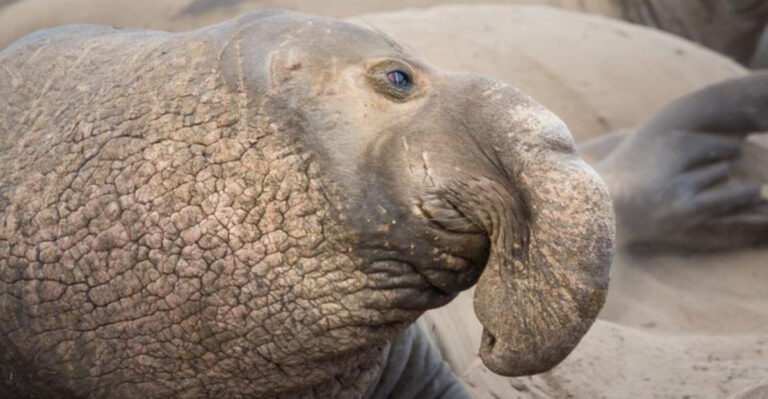New Discovery Uncovers The Oldest Rebbachisaur Fossil Ever Found
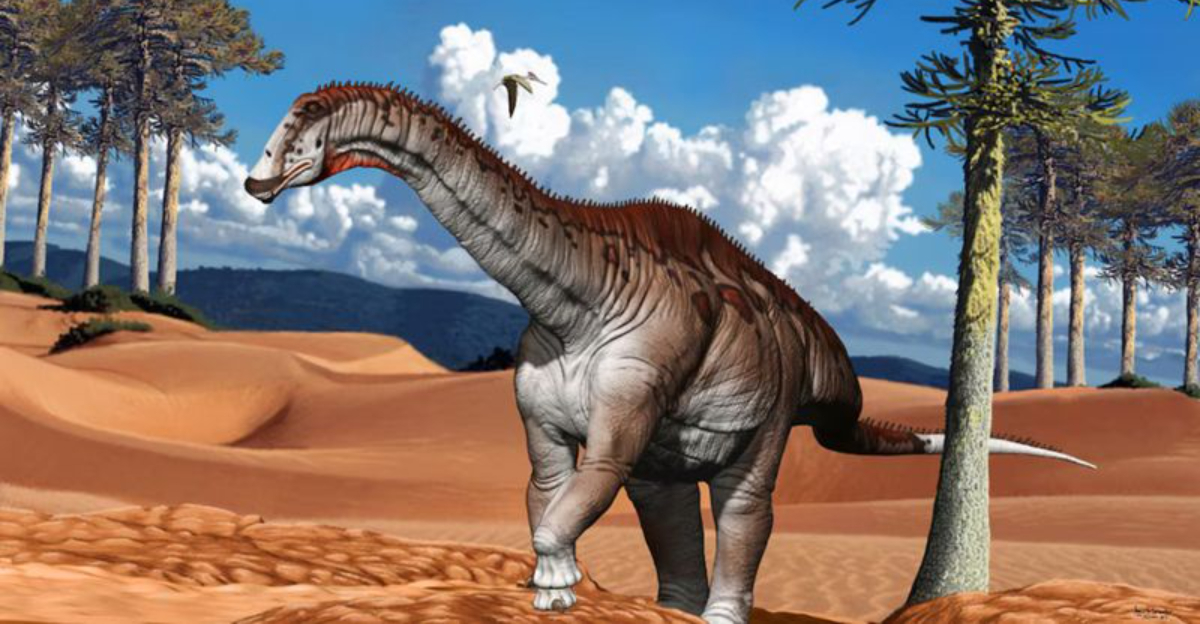
Scientists have made an incredible breakthrough in paleontology! A team of researchers recently uncovered the oldest rebbachisaur fossil ever found, giving us a fascinating glimpse into dinosaur evolution.
This amazing discovery pushes back our understanding of when these unique long-necked plant-eaters first appeared on Earth. The find is already changing what we know about dinosaur family trees and prehistoric ecosystems.
Oldest Rebbachisaur Fossil Found In Argentina
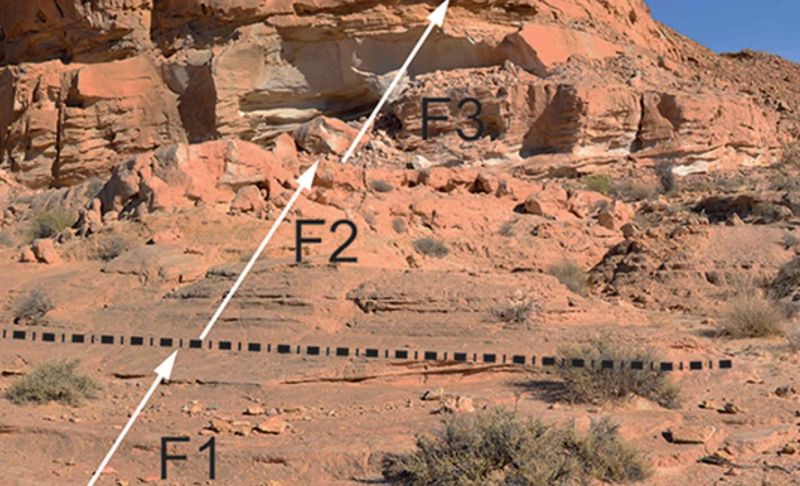
Buried for millions of years in Argentina’s rugged Patagonia region, this groundbreaking fossil has paleontologists worldwide buzzing with excitement. The discovery happened when a local farmer noticed strange bones protruding from a rocky hillside after heavy rains washed away layers of sediment.
Research teams carefully extracted the remains over several months, working in challenging conditions to preserve every fragment. What makes this find extraordinary is its complete skull – something extremely rare for sauropod dinosaurs.
Scientists named the new species Nopcsaspondylus alarconensis, honoring both a pioneering paleontologist and the location where it was found.
The Bones Are Over 125 Million Years Old
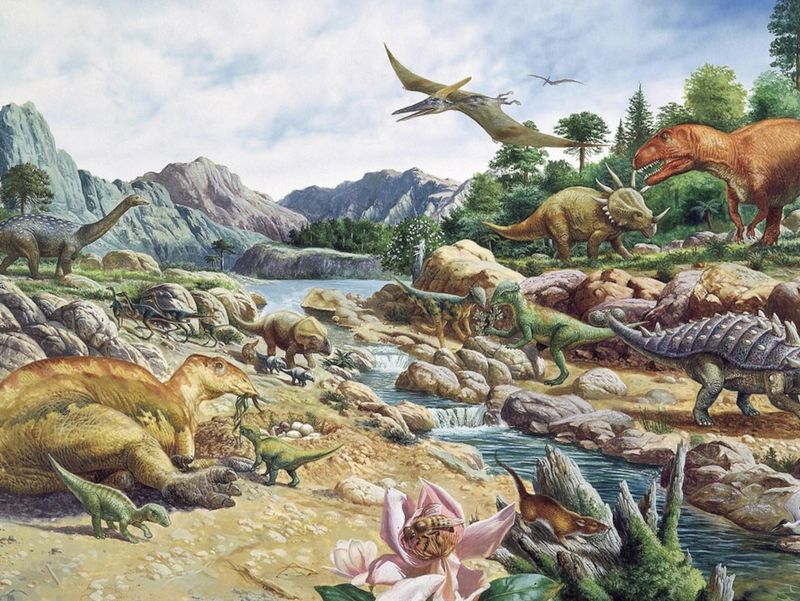
Dating techniques revealed these ancient bones originated during the Early Cretaceous period, approximately 125-130 million years ago. For perspective, that’s around the time flowering plants were just beginning to appear on Earth!
Previously, scientists believed rebbachisaurs evolved much later. This discovery pushes their origin back by nearly 15 million years, rewriting dinosaur history books.
The fossil’s remarkable preservation allows researchers to study growth rings in the bones, similar to tree rings. These growth markers show the dinosaur was about 17 years old when it died – still young for its species but already massive in size.
Rebbachisaurs Were Long-Necked Plant-Eaters
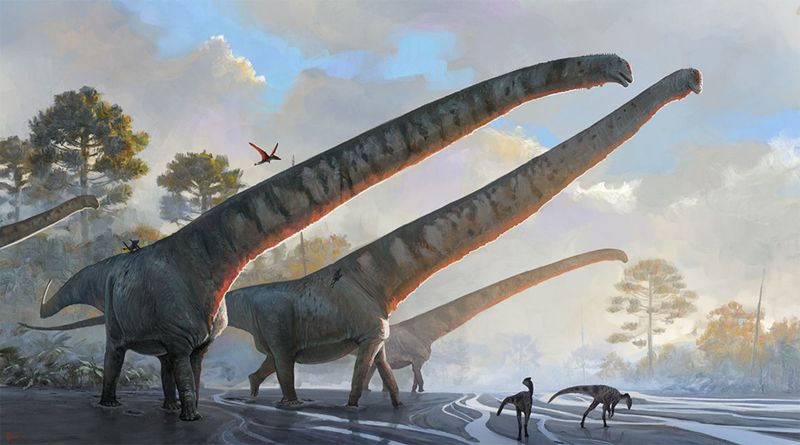
Rebbachisaurs belong to the sauropod family – the same group as Brachiosaurus and Diplodocus. Their incredible necks contained up to 15 super-elongated vertebrae, allowing them to reach high vegetation.
Unlike meat-eating dinosaurs with sharp teeth, these gentle giants had small, peg-like teeth perfect for stripping leaves from branches. Their massive digestive systems worked like fermentation vats, breaking down tough plant material.
Adults likely consumed hundreds of pounds of plants daily to fuel their enormous bodies, constantly moving to find fresh feeding grounds.
They Had Lighter Builds Than Other Sauropods
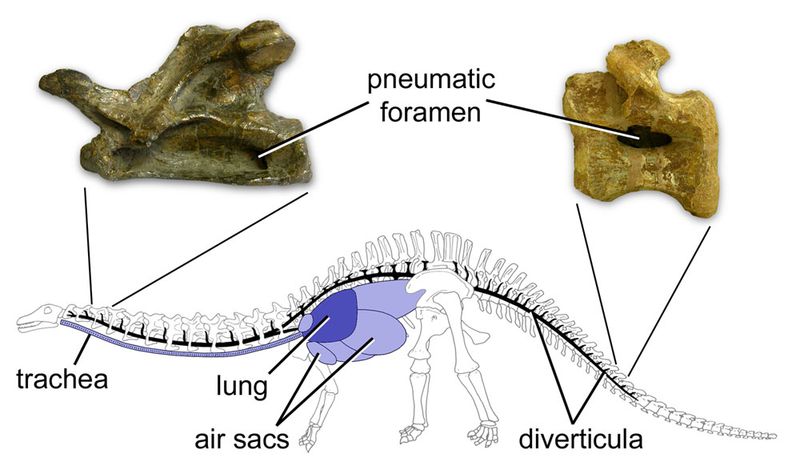
While massive by human standards, rebbachisaurs were actually lightweights in the sauropod world! Their bones contained numerous air pockets that reduced weight without sacrificing strength – similar to how modern birds have hollow bones.
X-rays of the fossil reveal an intricate honeycomb structure inside the vertebrae. This clever adaptation allowed these giants to support their lengthy necks while maintaining mobility.
Most sauropods had solid, heavy bones that anchored their massive bodies. Rebbachisaurs broke this mold with their specialized skeleton, showing how dinosaurs evolved different solutions to the challenges of gigantic size.
Their Teeth Were Made For Eating Soft Plants
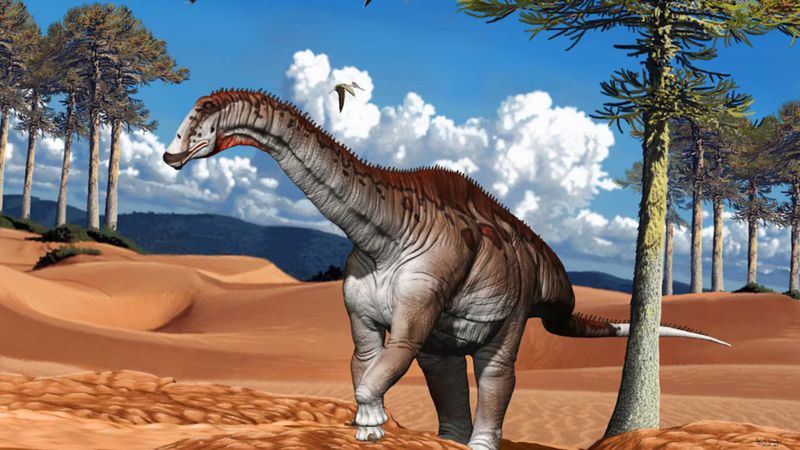
The newly discovered fossil includes an amazingly preserved jaw with pencil-shaped teeth – perfect tools for a prehistoric salad lover! Unlike the spoon-shaped teeth of some plant-eaters or the knife-like teeth of meat-eaters, rebbachisaur teeth were specialized for a specific diet.
Microscopic wear patterns on these teeth tell scientists these dinosaurs preferred softer vegetation like ferns and early flowering plants. They likely used their teeth like combs, stripping leaves from branches rather than grinding tough plant material.
Remarkably, these dinosaurs replaced their worn teeth every 1-2 months – much faster than humans replace our baby teeth!
Rebbachisaurs Likely Fed Close To The Ground
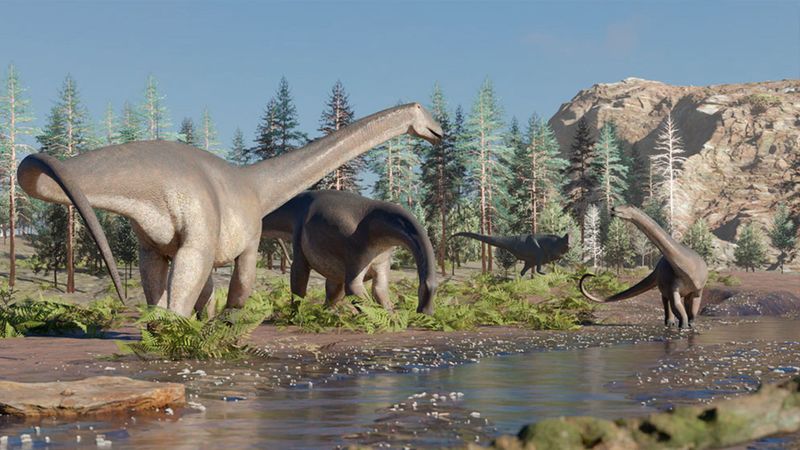
Contrary to popular images of long-necked dinosaurs browsing treetops, the structure of this ancient rebbachisaur suggests a different feeding style. Analysis of neck vertebrae shows these dinosaurs probably kept their necks more horizontal, sweeping across the landscape like giant vacuum cleaners.
Computer models based on the fossil indicate they couldn’t raise their heads much higher than 15 feet – still impressive but not the sky-scraping posture often depicted. This feeding strategy would have given them access to ground ferns and low-growing plants that other large dinosaurs might have overlooked.
Fossilized stomach contents found with similar specimens contain remains of horsetails and primitive flowering plants.
They Lived In South America, Africa, And Europe
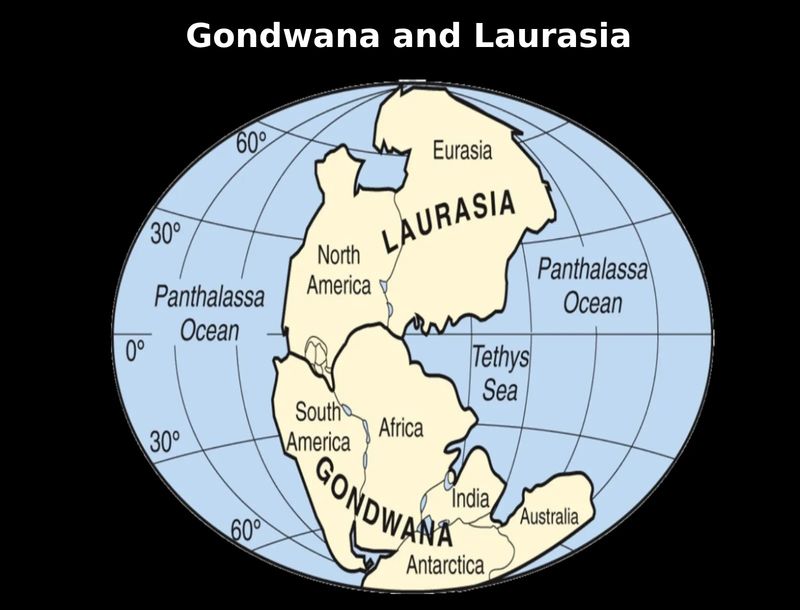
Footprints of the past tell an amazing story of continental drift! Rebbachisaur fossils have been found across three continents that were once connected in the supercontinent Gondwana. The Argentinian discovery fills a crucial gap in understanding how these dinosaurs spread worldwide.
Migration routes likely existed between what is now South America and Africa, explaining the similar species found on both continents. As landmasses slowly drifted apart, dinosaur populations became isolated, developing unique characteristics.
European specimens appear slightly different from their southern relatives, suggesting they evolved separately after continental separation began around 145 million years ago.
Rebbachisaurs Were A Part Of A Larger Group Called Diplodocoids
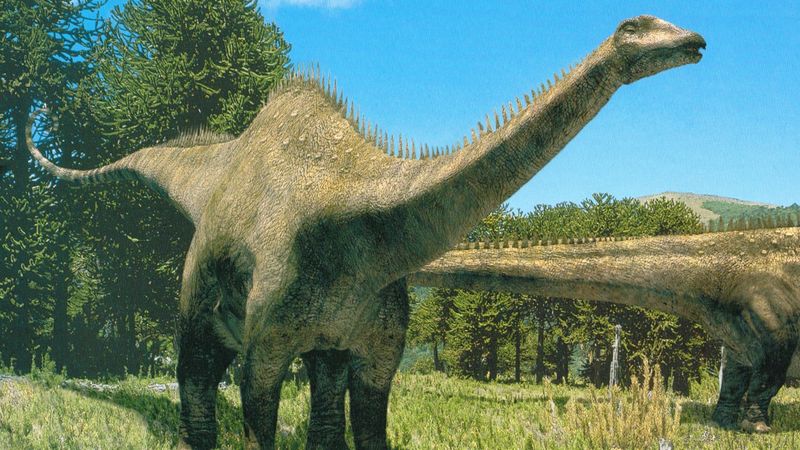
Family trees aren’t just for humans – dinosaurs had them too! Rebbachisaurs belonged to the diplodocoid superfamily, a diverse group of long-necked dinosaurs that dominated ecosystems for millions of years. This newly discovered fossil helps scientists understand how different branches of this family evolved.
DNA doesn’t survive in fossils this old, so paleontologists use bone structure to determine relationships. The unique features of vertebrae, limbs, and skull shape create a dinosaur “fingerprint” that reveals evolutionary connections.
The ancient Argentinian specimen shows primitive features that later evolved into the specialized characteristics seen in younger rebbachisaur species, providing a missing link in sauropod evolution.
They Survived Until The Late Cretaceous
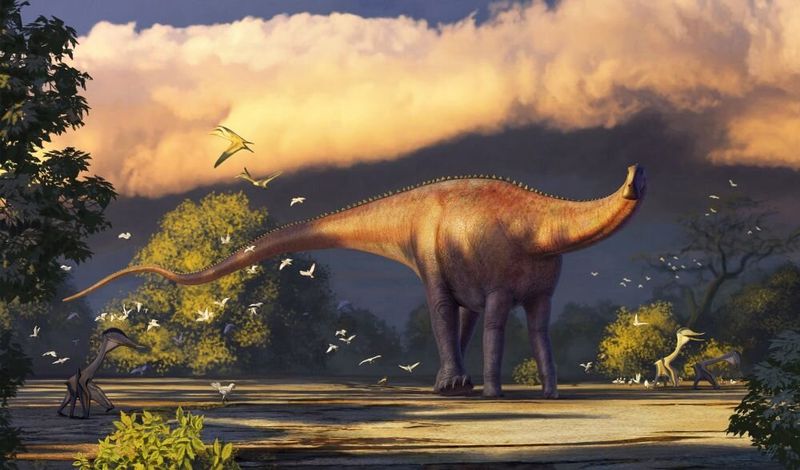
Rebbachisaurs were remarkable survivors in the dinosaur world! From their early origins shown by this new fossil to their final days, these dinosaurs thrived for over 60 million years – an incredibly successful run by evolutionary standards.
The youngest rebbachisaur fossils date to about 70 million years ago, meaning they nearly witnessed the asteroid impact that ended the dinosaur era. Their long survival suggests they were highly adaptable to changing environments and climates.
Scientists believe competition from newly evolved plant-eating dinosaurs like hadrosaurs and ceratopsians (think Triceratops) may have finally pushed rebbachisaurs toward extinction shortly before the famous asteroid impact.
Fossils Help Us Understand How Sauropods Evolved
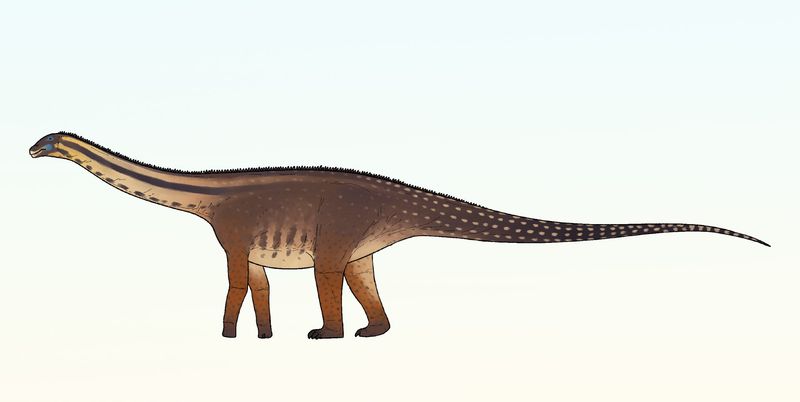
This groundbreaking discovery acts like a time machine, giving scientists precious clues about dinosaur evolution! By comparing the oldest rebbachisaur with later species, researchers can track how features changed over millions of years – like watching evolution in slow motion.
The fossil shows several “transitional features” – characteristics halfway between earlier sauropods and later rebbachisaurs. For example, its vertebrae show early versions of the hollow spaces that would become more complex in later species.
Modern technology like CT scans and 3D modeling allows scientists to examine internal structures without damaging the precious fossil, revealing growth patterns and evolutionary adaptations invisible to previous generations of researchers.


